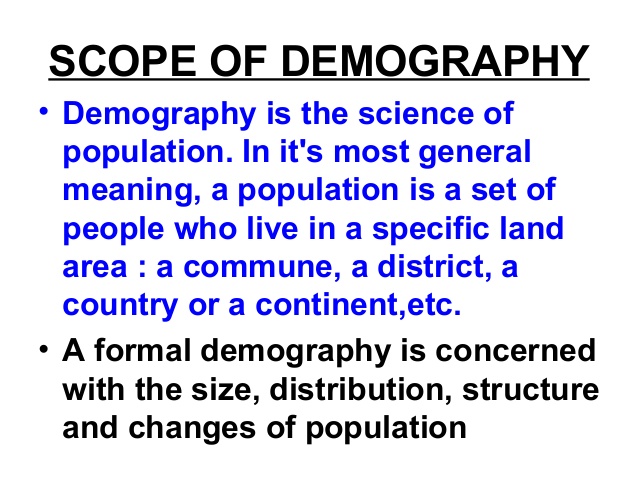India’s demography at 2040
Relevance: Sociology paper II: Population dynamics & G.S paper I: Migration: Demography
Economic Survey 2018-19 states that “India is set to witness a sharp slowdown in population growth in the next two decades. Although the country as a whole will enjoy the demographic dividend phase, some States which are in the advanced stage of demographic transition will witness transition to an ageing society as early as 2030s.” Population projection at the national and State level upto 2041 show that India has entered the next stage of demographic transition, with population growth set to slow sharply in the next two decades. This is mainly due to the rapid decline in the total fertility rate (TFR) in recent decades, which is expected to be below replacement level fertility by 2021.
The projected population and age structure over the next two decades has several implications for policy making in the fields of health care, old age care, school facility, retirement related financial services, public pension funding, income tax revenue, labour force and labour participation rate and retirement age.
Talking about the population growth trajectory, the Economic Survey states “both the trajectory of population and population growth will vary across States.
A surprising fact is that population in the age bracket 0-19 has already peaked due to sharp decline in TFR across the country. The national TFR is expected to be below replacement rate by 2021. The share of India’s young i.e. 0-19 years is projected to drop from as high as 41% in 2011 to 25% by 2041. On the other hand the share of elderly, 60 years and above, population will continue to rise steadily nearly doubling from 8.6% in 2011 to 16% by 2041. The working age population will grow by roughly 9.7 million per annum during 2021-31 and 4.2 million per annum during 2031-41.
Depending upon the trajectory of labour force participation during 2021-41, additional jobs will need to be created to keep pace with the projected annual increase in working age population”. The States with rising working age population could meet the labour deficit in many ageing States. The current migration trends broadly follow this pattern.
Overall, the number of school going children in India will decline by 18.4% between 2021-41. This will have very important social and economic consequences. In light of the projected decline, in elementary school going children the number of schools per capita will rise significantly in India across all major States even if no more schools are added. The time may soon come in many States to consolidate/merge elementary schools in order to keep them viable.
Access to health care is still a major challenge in India. If India’s hospital facility remain at current level, rising population over the next two decades despite the slowdown in population growth rate will sharply reduce per capita availability of hospital beds. Hence, there is straight forward case for expanding medical facilities in the States.
India’s health life expectancy at the age of 60 which is the average number of years a 60-year-old person is expected to live in full health taking into account the impact of diseases and injuries has continually increased over the years for both men and women. Healthy life expectancy at the age of 60 now stands at 12.9 years (12.5 years for males and 13.3 years for female). Given that life expectancy for male and female in India is likely to continue rising, increasing the retirement age for men and women could be considered in line with the experience of other countries. This will be key to the viability of pension systems and also help increase female labour force participation in the older age groups.
For more such notes, Articles, News & Views Join our Telegram Channel.
Click the link below to see the details about the UPSC –Civils courses offered by Triumph IAS. https://triumphias.com/pages-all-courses.php



